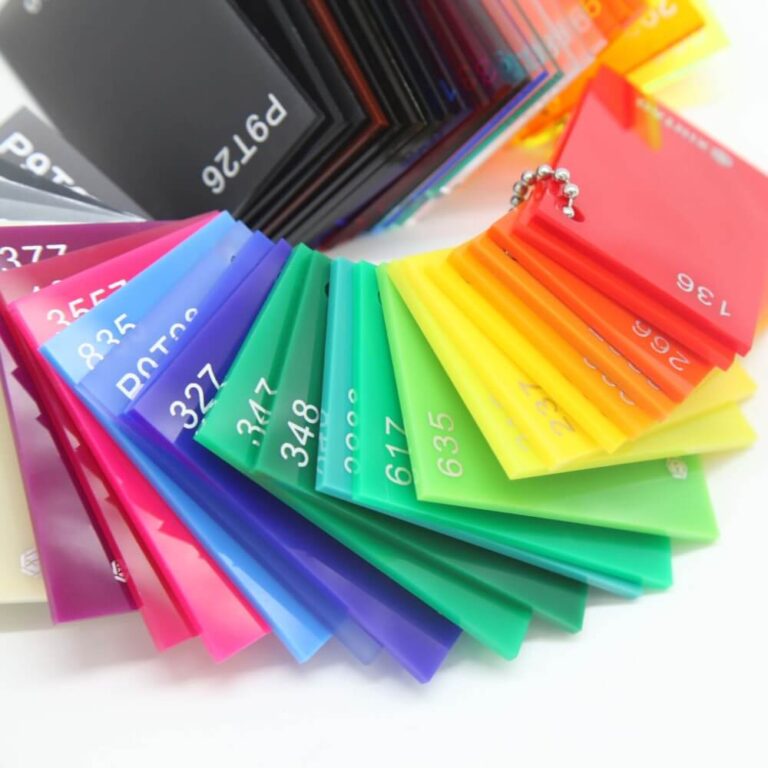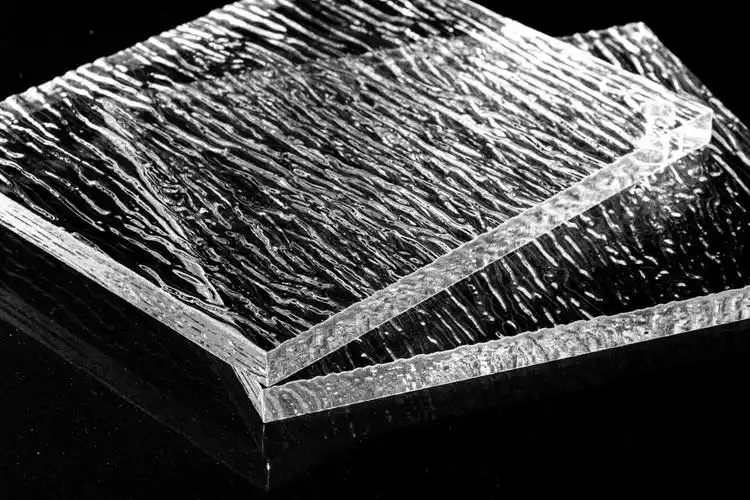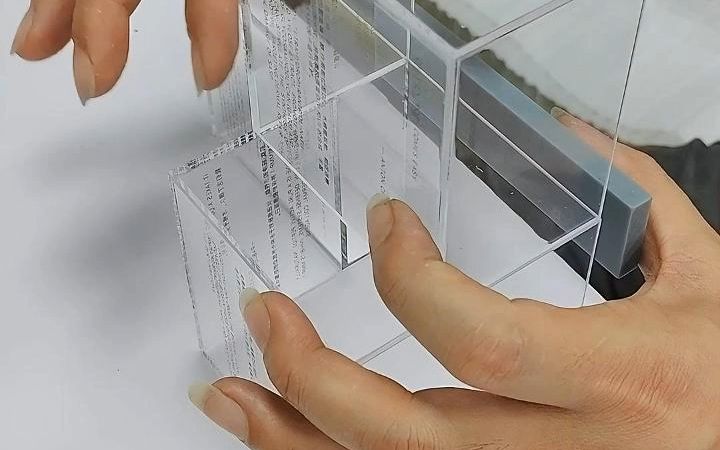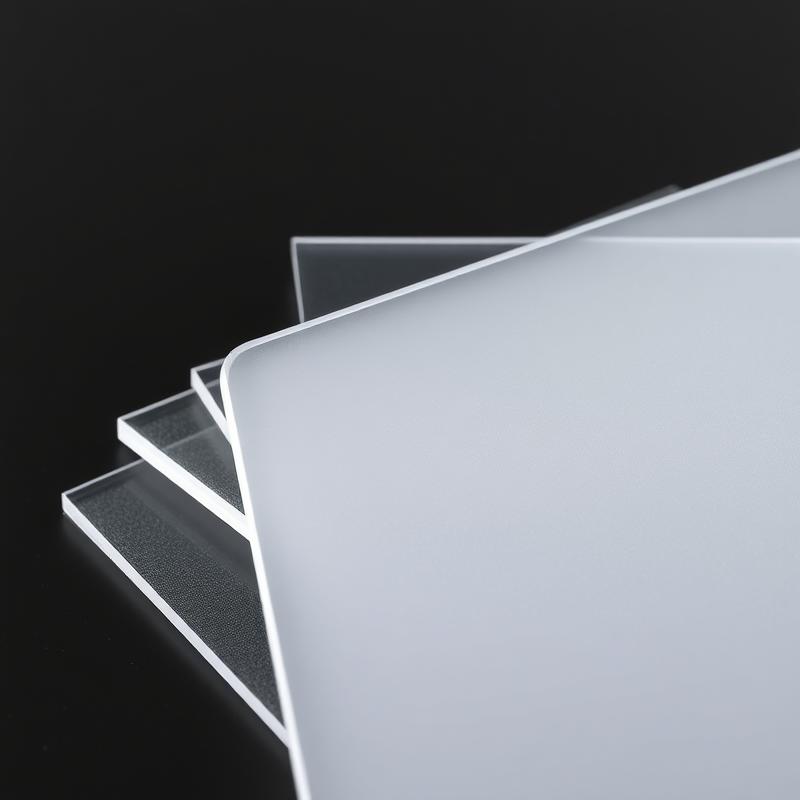-
Xinqi Development Zone, Leliu, Foshan, Guangdong
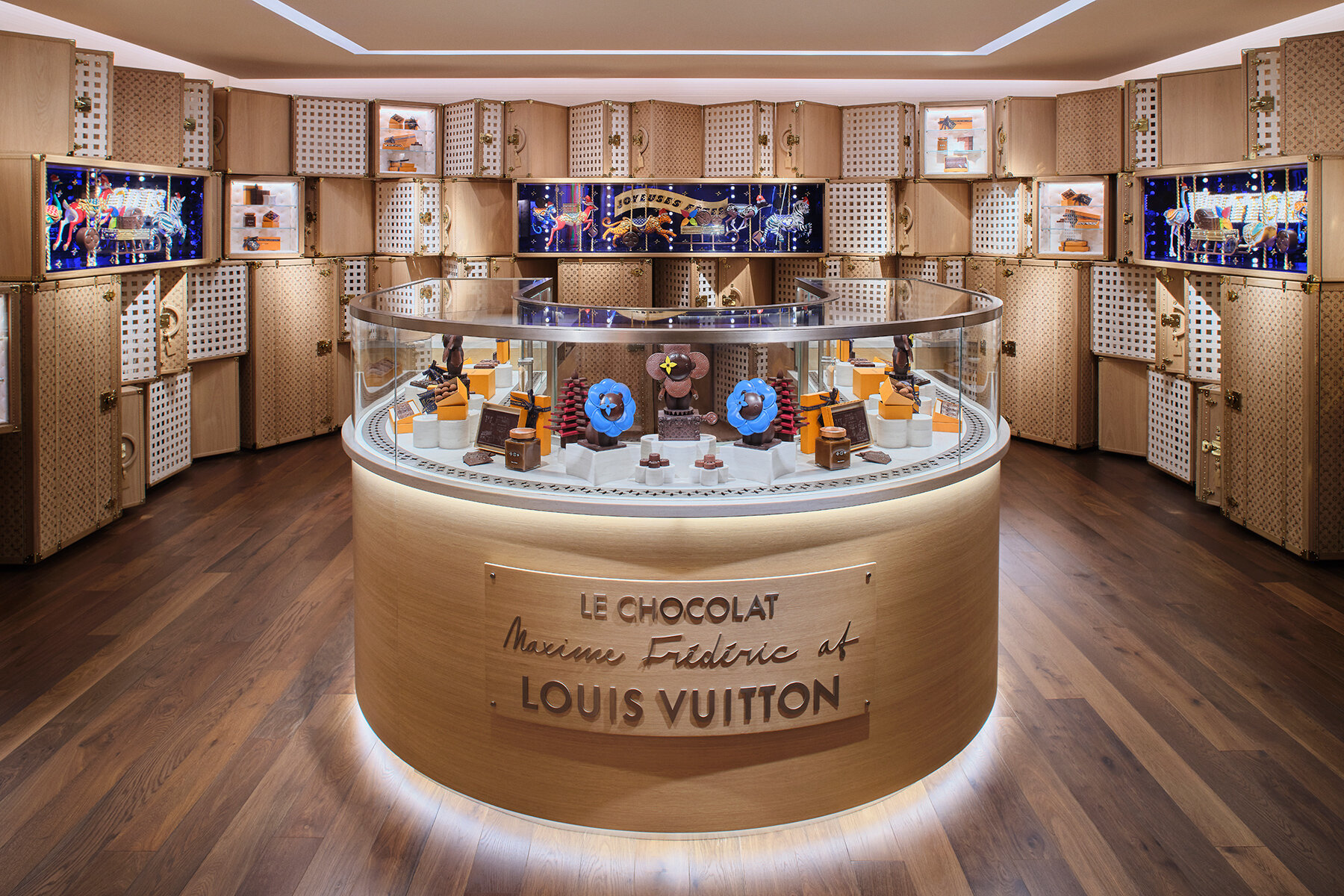
How to Choose Acrylic Sheets: Size & Thickness Guide
Table of Contents
Introduction
In the advertising sign industry, material waste caused by incorrect acrylic sheet selection is as high as 37% each year. As an important material for modern industrial design, the size and specification selection of acrylic sheets directly affects project costs, construction efficiency and final presentation effects. This article will systematically analyze 8 core selection dimensions to help you accurately match application needs.
1.Basic knowledge: Acrylic sheet standard parameter system
The internationally accepted acrylic sheet size standard is derived from the architectural modulus theory, and the mainstream specifications include:
- Conventional sheet: 1220×2440mm (4×8 feet)
- Medium-sized sheet: 1250×2500mm (Japanese JIS standard)
- Ultra-large format: 2000×3000mm (customization required)
The thickness range covers 0.5-50mm, of which 3-8mm specifications account for 68% of the market share. It is recommended to give priority to industrial-grade sheets that meet the ASTM D4802 standard.
2. Golden Matching Rule of Application Scenarios
- Advertising and Logo Field: 0.8-3mm thin plate with UV printing technology can achieve more than 90% uniform light transmission (3M Optical Laboratory Data)
- Building Partition System: 12-20mm thick plate with steel frame, wind pressure resistance can reach EN 12600 standard B grade
- Display Props Production: 5-8mm frosted plate, while ensuring structural strength to avoid glare interference
Case: LV flagship store uses 8mm gradient acrylic to make curved display cabinets, material loss rate reduced by 42%.

3. Geometric Principles of Cost Control
Formula for Plate Utilization: K=(S1+S2+…+Sn)/S0×100%
(K is utilization, S0 is raw material area, Sn is part area)
Experience value shows:
- The average utilization rate of conventional specification plates is 82-87%
- Customized plates can be increased to more than 93%
It is recommended to use Nesting software for intelligent nesting. The case of Proto Labs, a US CNC processing company, shows that 15% of material costs can be saved.
4. Adaptation principle of processing technology
Processing parameters corresponding to different thicknesses:
| Thickness (mm) | Laser cutting speed (mm/s) | Engraving depth (mm) | V-knife angle |
| 3 | 25 | 0.8 | 30° |
| 5 | 18 | 1.2 | 45° |
| 10 | 12 | 2.0 | 60° |
5. Quantitative selection of mechanical properties
Flexural strength formula: σ=3FL/(2bh²)
(σ is bending stress, F is load, L is span, b is width, h is thickness)
When applied to 2-meter span partitions:
- Maximum load of 8mm board: 120kg/m²
- Maximum load of 12mm board: 210kg/m²
Recommend reference to AS/NZS 4266.15 Standard for Plastics for Construction.
6. Environmental adaptability considerations
- Temperature and humidity expansion coefficient: 0.07mm/(m·℃)
- UV tolerance level: G90-grade board can guarantee 10-year yellowing index ΔY<3 (SGS test report)
- Fire rating: B1-grade flame retardant board oxygen index ≥32% (UL94 standard)
7. Engineering optimization of logistics warehousing
Recommended stacking scheme:
- Horizontal stacking: ≤20 pieces (thickness less than 3mm)
- Vertical storage: tilt angle ≤15°
- Transportation protection: PE bubble film + honeycomb paperboard composite packaging
The American Transportation Association study shows that the breakage rate can be reduced by 67% using special corner guards.
8. Innovative applications and special specifications
- Surface forming: Use 3mm hot-bending special board (Tg value 85℃)
- Acoustic board: Microporous structure 5mm sound insulation board, noise reduction coefficient NRC=0.75
- Light guide board: 1.5mm nano-scale board, light efficiency of more than 92%
The LED light guide board case of Evonik, Germany shows that energy consumption is reduced by 40%
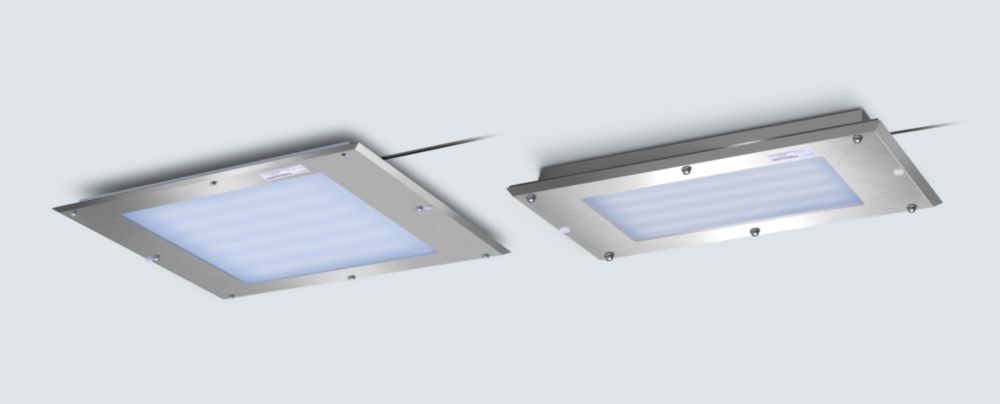
FAQs
1. What are the standard sizes of acrylic sheets?
Common specifications are 1220×2440mm (4×8 feet) and 1250×2500mm, with a thickness range of 0.5-50mm, and 3-8mm accounts for 68% of the market
2. What thickness of acrylic sheet is recommended for advertising logos?
0.8-3mm thin sheet, light transmittance uniformity exceeds 90% (3M laboratory data), suitable for UV printing process.
3. How to reduce material costs?
Use intelligent nesting software (such as Nesting) to increase utilization to 93%, and Proto Labs case shows that 15% of costs can be saved.
4. What should be paid attention to when processing 10mm thick plates?
The recommended laser cutting speed is 12mm/s, and the V-type knife is selected at a 60° angle.
Conclusion:
In the Tokyo Ginza commercial body renovation project, through the precise acrylic board selection scheme, the engineering team shortened the construction period by 28% and reduced material costs by 19%. Mastering the scientific selection methodology not only improves the economic benefits of the project, but also provides technical guarantee for realizing design creativity. It is recommended to use professional software such as Autodesk Fusion 360 to establish a three-dimensional selection model to achieve full process optimization from concept to finished product. Contact Sanyu Acrylic for more professional information.

